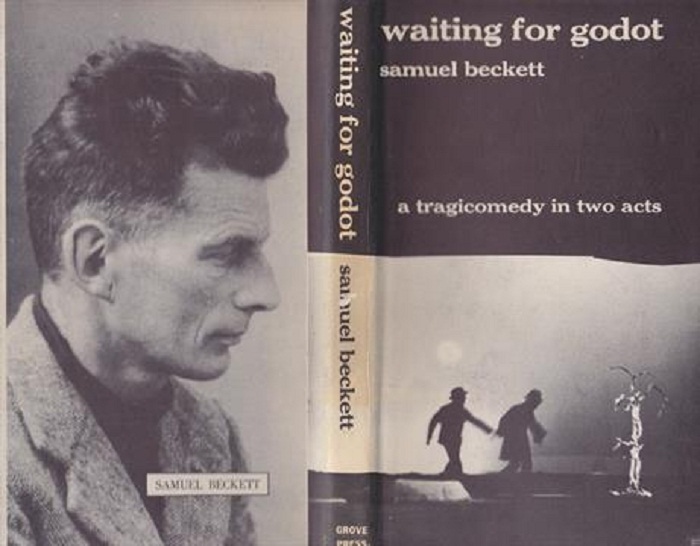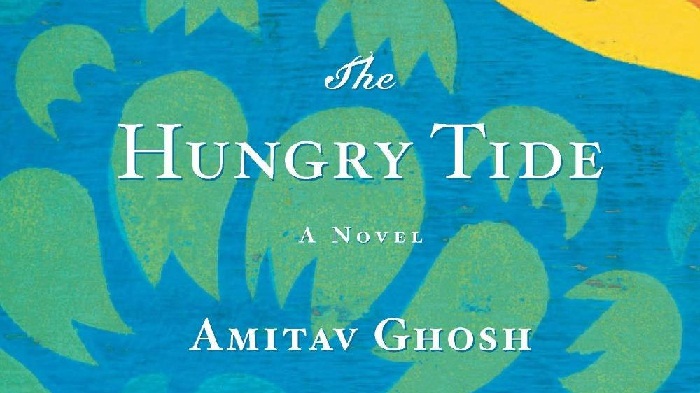“The purpose of literature is to turn blood into ink” – T.S.Eliot.
Literature has been the mirror of the roller-coaster ride called life! It has broken us, healed us in more ways than one on our best and worst days. There’s perhaps nothing more comforting than cuddling up in a corner with your favourite book and getting immersed in it, especially for the bibliophiles. Literature has a myriad and enigmatic world of its own that readers and admirers try to penetrate every now and then.
Different genres of this otherwise vast literature like novels and dramas, have survived time and continued to captivate generations by transporting them to parallel universes of fantasy and hard hitting realities alike. They have also inspired several wonderful cinematic instances for a long time now. Given the notion – ‘ Art for Art’s sake’, these books most of the times allow interpretations, re-readings and exploitations, to a certain extent.

With animation now capturing a wide range of audience through smart takes, treatment and execution, this filmmaking genre has garnered eyeballs and has traversed beyond the general typification of being something adorable, funny or cute, meant for kids. It can very well be a medium to showcase the dark, hard-hitting and morbid side of reality. Hence, bringing together both the genres- novels/dramas and animation, we can surely expect to see some mind blowing pieces of cinema.
Here’s our take on five literary masterpieces that can be recreated in animation :
Waiting for Godot (1953; Samuel Beckett) –
Let me begin with my most favourite of this lot and the one that hits the hardest. This play will make sure that you sit back and think, and think and think…about life and what you’re doing with it. For me, Beckett has rolled life in between the covers of this book. This book ruins one for life as wherever you go, you’ll find ‘waiting for your own Godot’.
First performed in 1953 in London, this book has earned the stature of a cult classic in the field of Absurdist literature. A play in two acts where “nothing happens twice”, this play can be experimented at various levels with light-n-shade, silence, gestures, emotions and animated expressions making Gogo and Didi coming alive.

The Kite Runner (2003; Khaled Hosseini) –
Hosseini probably had struck gold with his debut novel. This book holds a special place “a thousand times over” in the hearts of bookworms. With amazing imagery and engaging words, we live and experience Amir and Hassan’s friendship, loss and redemption.
Set in Wazir Akbar Khan neighbourhood in Kabul, it captures the rural, local flavour through ‘kite-flying’, ‘kite chasing’ and fights over the same. It also documents the consequences of Soviet Union’s intervention into Afghanistan and the effects it had on the lives of common people. The book can be explored in terms of character sketches, landscapes and colour.
Thousand Splendid Suns (2007 ; Khaled Hosseini) –
Another masterpiece woven by Hosseini, this novel catalogues the journey of an Afghani girl named Mariam, through her struggles, pain, friendship, loss and finally sacrifice for Laila. She embodies power and strength in her own unique way that makes her one-of-a-kind.
Also set in Kabul, the novel resonates harrowing depiction of Afghanistan and the sorry condition of Afghani women. The story is achingly beautiful and Hosseini’s choice of words creates a mark. Most women in some way or the other almost instantly connects when Mariam’s mother says, “Like a compass needle that points north, a man’s accusing finger always finds a woman.”
With Nora Twomey’s The Breadwinner (2017) depicting similar topic receiving great response, we hope to see Mariam’s life through striking and stunning animation.

The Hungry Tide (2004; Amitav Ghosh) –
Set in the world’s largest delta- the Sundarbans, Ghosh depicts the precarious life of the dwellers due to attacks by deadly tigers, political unrest, eviction, tidal floods, rise and surge over the land, in this place of vengeful beauty where the lives of three people from different worlds, collide.
A multicultural novel, The Hungry Tide marks what havoc man can wreak by disrupting the balance between themselves and nature. The novel explores topics like humanism and environmentalism, especially when they come into a conflict of interest with each other, in the backdrop of picturesque mangrove forest. The ‘Morichjhanpi’ massacre of 1978-79, when government of West Bengal forcibly evicted thousands of Bengali refugees who had settled on the island, forms the setting for some parts of the novel. Given the scenic beauty of that place, and such a concept, I can already visualise animated film influenced by Ghosh’s one of the best works.

The Palace of Illusions (2008; Chitra Banerjee Divakaruni )
Divakaruni has given a feminist take on the world’s longest epic The Mahabharata narrated by Draupadi, in this novel. It reflects the position of a woman, (Panchali) living in a patriarchal world through her version of marrying the five heroic Pandava brothers, holding a secret love, a long exile in the wilderness, the catastrophic war of ‘Kurukshetra’, and the truth about her equation with Krishna, her mysterious friend.
The grand concept can be explored and exploited in several ways with a plethora of larger than life characters and humongous incidents that takes place in it. With mythological tales inspiring numerous films, this animated retelling of one of the most well-known epics of India will be an exciting thing to expect.

Though these are few picks out of numerous great examples of literature, that I’d like to see getting animated on screen, there are several others that hold the potential of being the same or even better. Which ones do you want to see?
